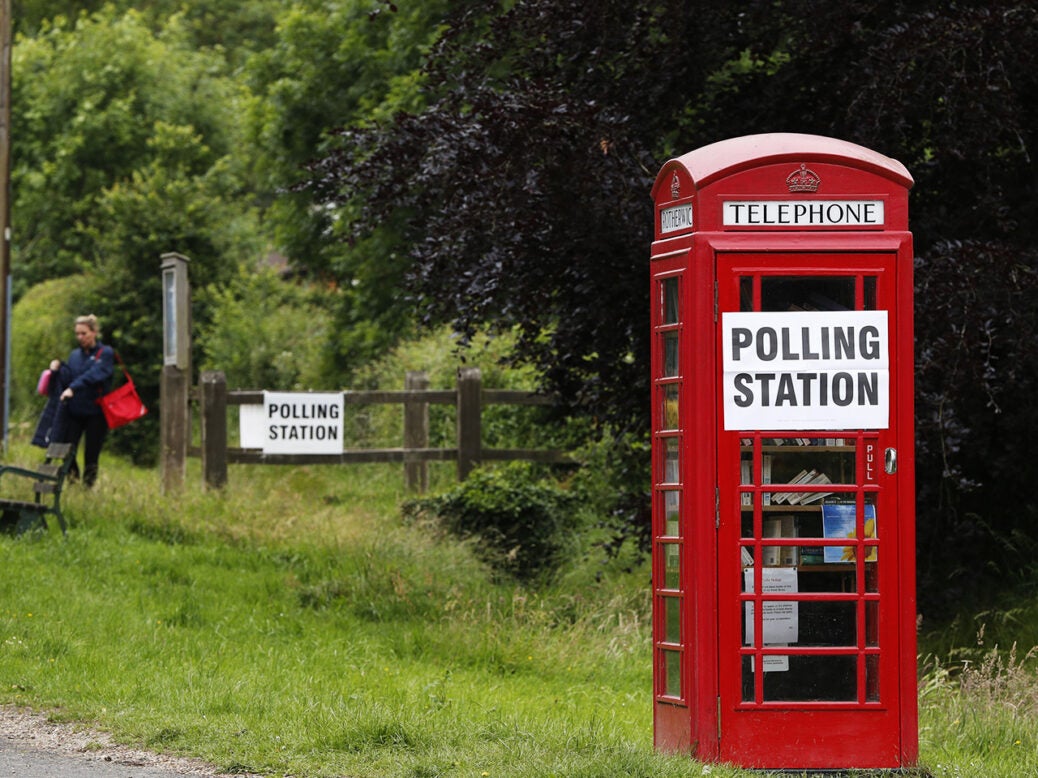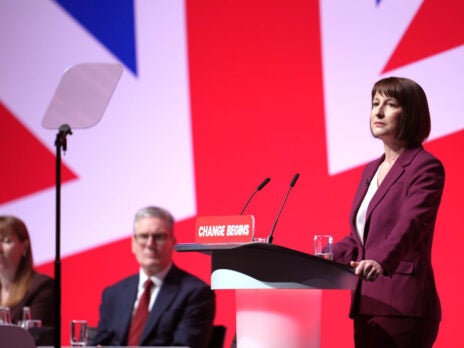
How much support does Labour need to win a majority at the next election? Peter Kellner, formerly of the YouGov polling parish, has written a piece for Prospect suggesting the party needs to be 13 percentage points clear of the Conservatives to clinch a majority in the House of Commons. I bring this to your attention because 1) it’s quite steep, and 2) I disagree with it.
Since 2021 the New Statesman has been running Britain Predicts, our own election forecasting model, which tries to gauge how seats would vote if an election were held today. It uses data from my own Britain Elects poll trackers to work out how popular the parties are in each region of the UK and, more importantly, among which voters those parties are popular with. The model, for the nerds at the back, uses Electoral Calculus’s Strong Transition Model as the basis for its calculations, but unlike that it employs varied seat-by-seat “weak vote” thresholds, not uniform thresholds. In essence, what Britain Predicts does differently to other models is account for how swingy a seat can be, or how many swing voters that seat has historically had. And while this is by no means a watertight method (there is no guarantee that swingy seats will stay that way for ever), the model has already demonstrated form for calling conventional Con-Lab by-elections right, sometimes down to the exact percentage-based forecast.
Using Britain Predicts calculations I’ve been able to work out an alternative figure to Peter Kellner’s. Without any tactical voting, Labour needs to be at least seven points clear of the Conservatives to win a majority on current constituency boundaries. Although the next election will be fought with redrawn boundaries, I am not of the mind that this will significantly alter the arithmetic. Labour needs to be seven points clear of the Tories, just like – coincidentally enough – the Tories needed to be seven points clear of Labour in 2010 to scrape by.
I can suggest a few reasons why my modelling puts the chances of a Labour majority higher than that of Kellner or Electoral Calculus, but the main one is a fundamental model difference. We model where swing voters probably are. Or rather, putting it in terms relevant to the here and now: we model where the Tory base is likely to be weakest. Cast a cursory glance at present polling and you’ll note that the swing to Labour among Leave voters is greater than the swing among Remainers. That isn’t to say Leavers are coming to Labour in greater number – pollsters disagree on that point. What is happening is that Tory Leavers, particularly in marginal seats, are more inclined to say they’d stay at home than Tory Remainers, or than Conservative voters more generally in safer seats. This is why, for example, I argue that the next election will probably have a lower turnout than the last.
However, these figures – that Labour needs X amount of support to win a majority – come without any regard for tactical voting. This will undoubtedly play its part in 2024-25. As Kellner points out, 20 of the seats Labour gained from the Tories in 1997 came as a consequence of Liberal Democrat voters lending their support to Labour; on the inverse, Labour voters lending theirs in key seats gave the Lib Dems ten extra MPs. I've tried to estimate the potential power of this for the next election, and in a previous post I noted that potential gains for the Lib Dems as a consequence of tactical voting could be as many as 17 seats, while potential extra gains for Labour could be as high as 12.
The long and short of it is this: Labour needs a lot less than a 13-point lead to win a majority. Not only that, they may even need much less than my own modelled seven or eight points once you account for tactical voting.
[See also: Britain Predicts]


